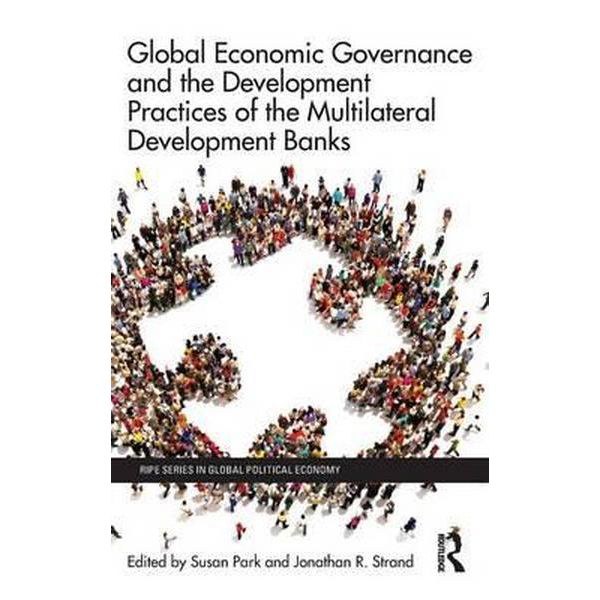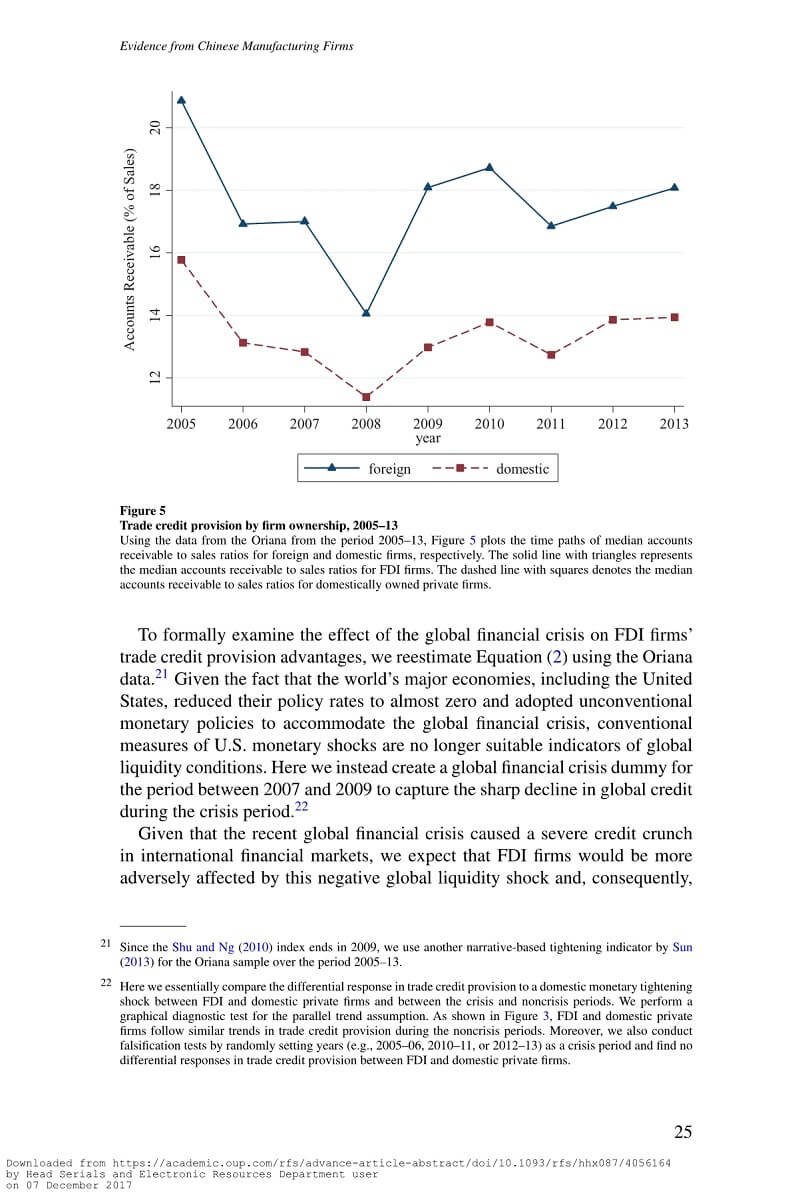Understanding the Impact of IMF Loans on Global Economies: A Comprehensive Guide
#### IMF LoanThe term **IMF loan** refers to financial assistance provided by the International Monetary Fund (IMF) to member countries facing balance of pa……
#### IMF Loan
The term **IMF loan** refers to financial assistance provided by the International Monetary Fund (IMF) to member countries facing balance of payments problems. This financial support is crucial for countries that need to stabilize their economies, implement necessary reforms, and restore growth. IMF loans come with specific conditions aimed at ensuring that the borrowing country adopts policies that will promote economic stability and growth.
#### The Role of IMF Loans in Economic Stabilization
IMF loans play a vital role in stabilizing economies during crises. When a country faces severe economic difficulties, such as high inflation, currency devaluation, or significant deficits, it may turn to the IMF for assistance. The IMF provides not only financial support but also policy advice and technical assistance. The loans are typically aimed at helping countries restore their international reserves, stabilize their currencies, and improve their balance of payments.
#### Conditions Attached to IMF Loans

One of the most discussed aspects of IMF loans is the conditionality attached to them. When a country receives an IMF loan, it must agree to implement certain economic reforms. These conditions can include fiscal austerity measures, structural reforms, and changes in monetary policy. While these reforms are intended to restore economic stability, they often lead to public discontent, as they may involve cutting public spending and increasing taxes. Understanding the implications of these conditions is essential for evaluating the effectiveness of IMF loans.
#### Case Studies of IMF Loans
To illustrate the impact of IMF loans, we can look at several case studies. For instance, Greece received substantial IMF assistance during its debt crisis in the early 2010s. The conditions attached to the loans required significant austerity measures, which led to widespread protests and social unrest. Despite the challenges, the IMF's involvement was crucial in stabilizing Greece's economy and restoring investor confidence.
Another example is Argentina, which has a long history of engaging with the IMF. The country has received multiple loans over the decades, each time facing the challenge of implementing the required reforms. The outcomes have been mixed, with some periods of stability followed by renewed crises. These case studies highlight the complex relationship between IMF loans, economic policy, and social stability.

#### The Future of IMF Loans
As global economic conditions continue to evolve, the role of IMF loans is likely to adapt as well. The IMF has been working on reforming its lending practices to better address the needs of member countries. This includes a focus on social spending and protecting the most vulnerable populations during economic adjustments. Additionally, the rise of alternative financial sources, such as regional development banks and private investors, is changing the landscape of international financial assistance.
#### Conclusion
In conclusion, **IMF loans** are a critical tool for countries facing economic crises. They provide essential financial support and policy guidance, but they also come with significant challenges and conditions. Understanding the complexities of IMF loans is crucial for policymakers, economists, and citizens alike. As the global economy continues to change, the future of IMF lending will undoubtedly evolve, reflecting the needs and challenges of its member countries.

This comprehensive guide aims to shed light on the multifaceted nature of IMF loans and their implications for global economic stability. By examining case studies and exploring the conditions attached to these loans, we can gain a deeper understanding of their impact on nations and the global economy as a whole.